According to Fox News, drone light shows are emerging as a captivating alternative to traditional fireworks displays for Fourth of July celebrations across the United States.
The Rise of Aerial Robotics in Holiday Celebrations
Drone light shows involve hundreds or thousands of unmanned aerial vehicles (UAVs) flying in synchronized formations, creating intricate patterns and vibrant displays in the night sky. These high-tech performances offer a level of precision and creativity that traditional pyrotechnics can’t match.
“It’s like a high-tech ballet, but instead of dancers, you have these nimble little robots performing an aerial light show that would make even the most seasoned fireworks technician green with envy,” the Fox News article states.

Technology Behind the Spectacle
At the heart of these displays are specialized quadcopters or hexacopters equipped with powerful LED lighting systems. Sophisticated flight control systems and algorithms coordinate the drones’ movements with pinpoint accuracy, while advanced software maps out intricate illumination sequences.
Environmental and Safety Advantages
Drone shows offer significant environmental benefits over traditional fireworks. Unlike pyrotechnics, which release pollutants and pose fire hazards, drone displays are powered by rechargeable batteries and produce no emissions or debris.
The absence of loud explosions also makes these events more inclusive for individuals with sensory sensitivities, such as veterans with PTSD, and reduces stress on animals.

Challenges: Cost and Logistics
While environmentally friendly, drone shows can be more expensive to produce initially. Costs for a Drone Light Show can range from $15,000 for smaller displays to $500,000 or more for larger performances, according to Sky Elements, a drone show company.
Additionally, these shows require meticulous planning, airspace clearance, and skilled operators to ensure a seamless performance.
Regulatory Landscape
Drone light shows must navigate complex regulations set by the Federal Aviation Administration (FAA) and local authorities. These include guidelines for nighttime operations, anti-collision lighting, and airspace restrictions.
DroneXL’s Take
The emergence of drone light shows as a Fourth of July tradition represents a fascinating intersection of technology and cultural celebration. While these displays offer numerous advantages in terms of safety and environmental impact, they also present new challenges for regulators and event organizers.
As Drone Technology continues to advance, we can expect to see even more impressive and intricate aerial performances in the future. However, it’s important to remember that responsible operation and adherence to regulations will be crucial in ensuring the continued growth and acceptance of this new form of entertainment.
The shift towards drone light shows also highlights the broader trend of UAV technology finding new and innovative applications beyond their original purposes. As we’ve seen with delivery drones and agricultural uses, drones continue to reshape various industries and aspects of our daily lives. This Fourth of July tradition may just be the latest example of how these versatile flying robots are changing the way we live, work, and celebrate.
Photos courtesy of Sky Elements.
Discover more from DroneXL
Subscribe to get the latest posts sent to your email.

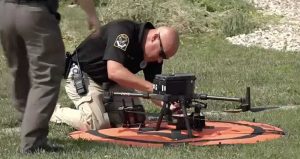


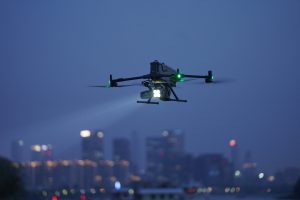

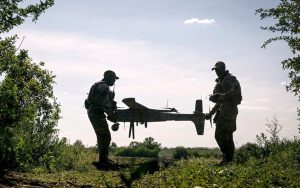
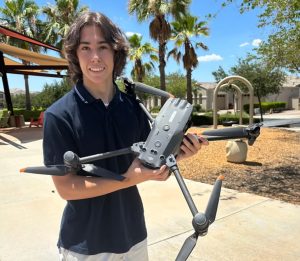

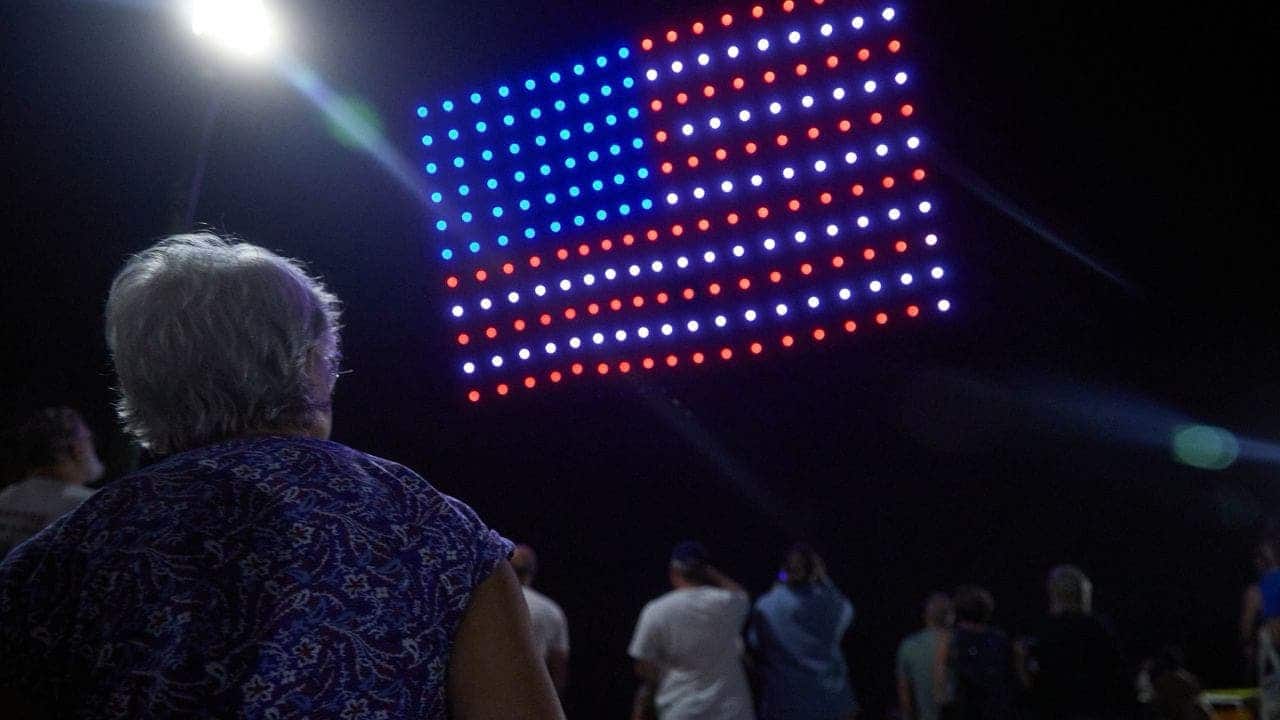

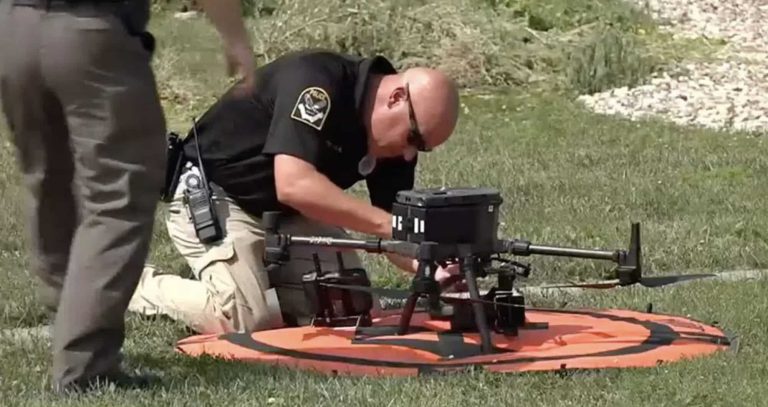



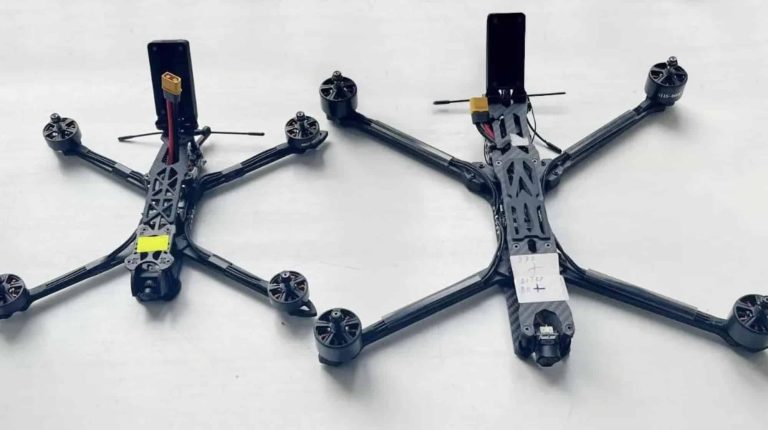
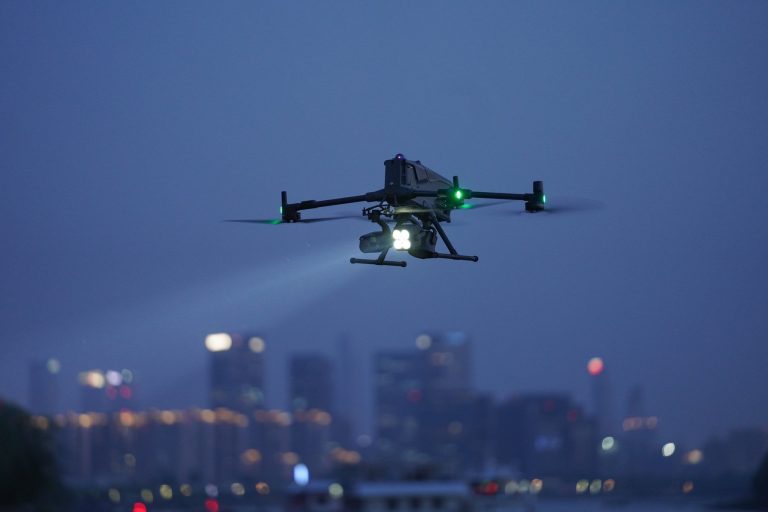
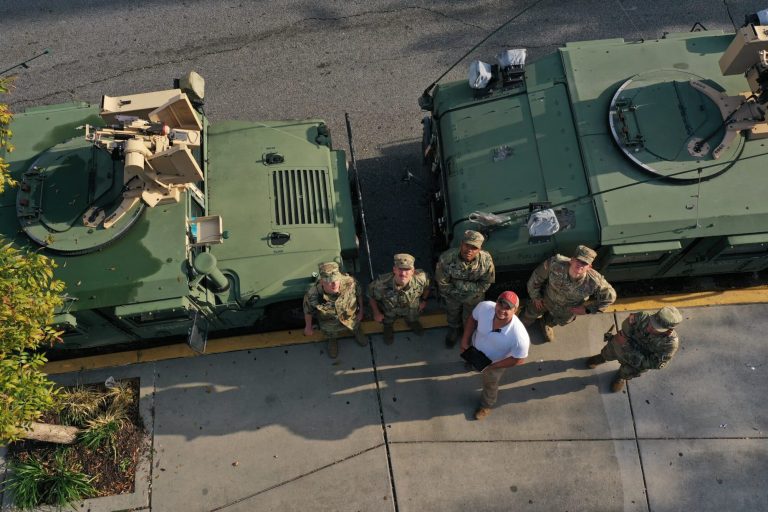
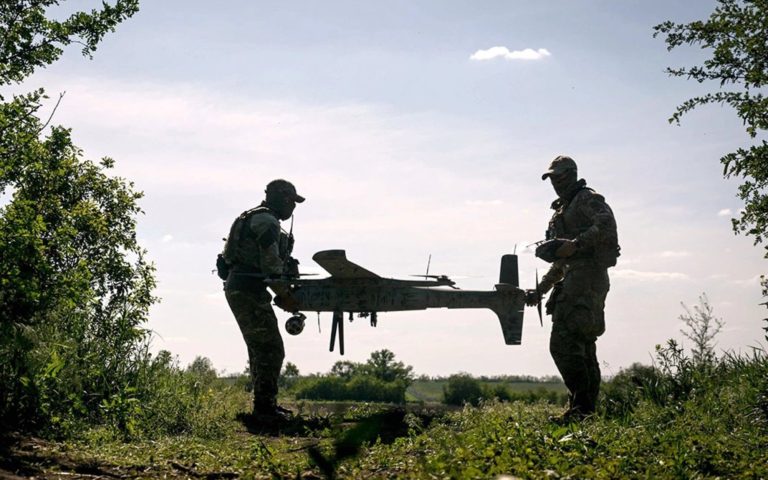
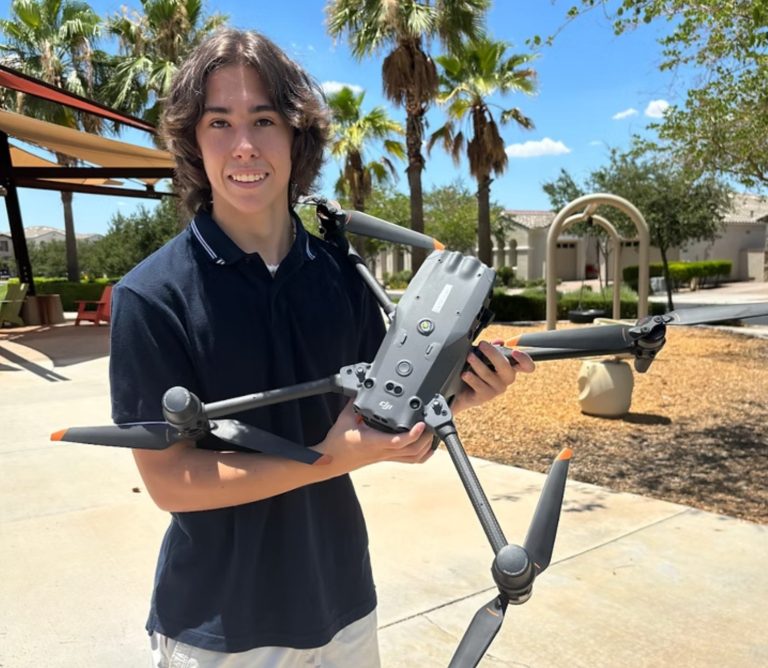
+ There are no comments
Add yours